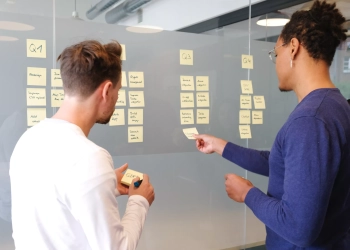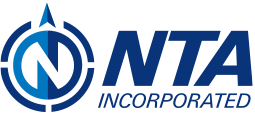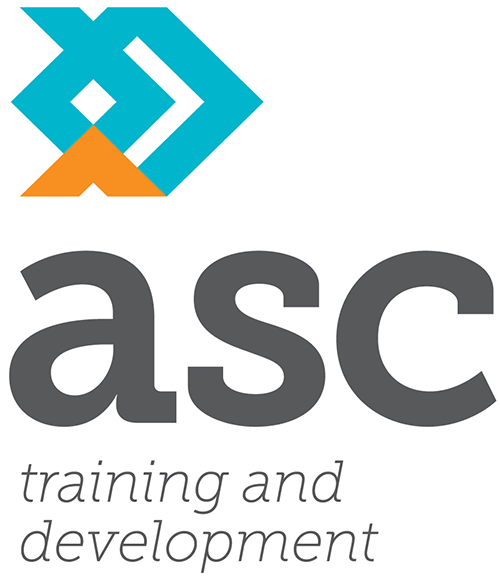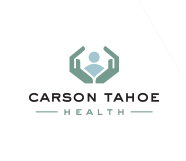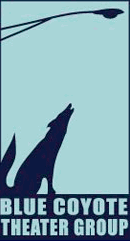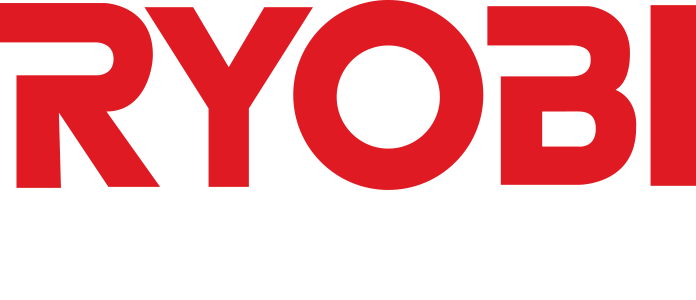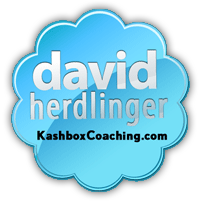Have you ever felt the full potential of your training expertise held back by “meh” content, disengaged participants, or roles that don’t inspire?
If so, it’s time to shift gears — to move from reactive trainings to truly strategic, high-impact job design courses.
And yes, you absolutely can pull this off.
Why “job design” deserves centre stage
When you think about training at its best, it isn’t just about showing up and delivering slides.
It’s about creating roles that people want to fill, tasks that people want to own, and meaning that people want to engage with.
That’s what strong job design is all about.
The way roles are structured, how tasks connect to purpose, and how people feel about their work — all of these factors affect motivation, retention, performance, and culture.
When you plan your job design course with intention, you’re not just teaching a skill. You’re helping shape a workplace where people thrive — and where the value of your training becomes tangible.
Why starting with a strong foundation saves you hours and amplifies impact
Here’s the thing: designing a full-day course, creating slides, workbooks, activities, and assessments, as well as branding everything, ensuring flow and value —that takes significant time. (In fact, if you’re doing it from scratch, plan for 20-30 hours of prep to do it right.)
But what if you could skip most of that grunt work — and walk in confident, professional, ready?
That’s where a quality “done-for-you” pack becomes a game-changer.
Meet the tool that will help you think and plan your course to success
Allow me to introduce the workshop pack from Oak Innovation: Design Roles That Drive Results: A Complete Job Design Program For High-Performing Teams.
Why this matters:
- It provides editable slides, guides, and workbooks that are ready to use.
- It’s built around proven frameworks like job enrichment and job characteristics theory — so your course isn’t just good, it’s grounded in credible theory and best practice.
- It’s designed for a full-day workshop (which you can adjust based on the audience) and covers everything from understanding job‐design to applying it in practice.
- You get bonus materials: training games, ice-breakers, assessments, templates for your administration, and follow-up. All of which reduces your prepping burden.
How to think and plan your job design course – step by step
- Clarify your audience and outcome
Ask: Who is attending? HR professionals? Line managers? Internal trainers? What behaviour or mindset shift do you want after the session? Use that to frame your course. - Map out the flow using the toolkit.
With the Oak Innovation pack, you already have the agenda, slide deck, and workbook aligned. You need to tailor to your audience. Here’s a suggested flow:- Introduce what job design is and why it matters
- Explore frameworks (job enrichment, task identity, autonomy)
- Workshop: review existing roles in teams – gaps, opportunities
- Activity: redesign a role or draft design improvements
- Review: how to embed this as an ongoing process, not a one-off
Because the material is editable, you can insert your organization’s examples or context.
- Customize to your brand and participants.
Ensure the slides incorporate your branding, the examples accurately reflect your culture or the client’s situation, and the workbook questions address fundamental roles participants typically hold. That emotional relevancy makes a difference. - Build interaction and practice into your day.
The pack provides games, ice-breakers, and activities — use them. Ask participants to bring a role description ahead of time, or to work in pairs to redesign a job. The more active your course, the more measurable your outcome. - Plan follow-through and sustainability
One day of a workshop can plant seeds; real impact comes when you support the application. Use coaching forms or follow-up templates (also included in the pack) to help participants apply what they learned. - Measure and iterate
After your course, ask: What percent of redesigned roles have been implemented? What is absenteeism/turnover in those roles now? What’s the manager’s feedback? Use this feedback to refine future iterations of the course.
Why this kind of course design lead to success
Because you’re moving beyond “here’s a tool, go figure it out” and stepping into “here’s a powerful, interactive session that leads to real change.”
You’re walking in equipped to deliver.
The foundation is solid, the models are clear, and the participants leave with practical next-steps. And you, as the trainer or facilitator, step in empowered, confident, ready to deliver value.
With the Oak Innovation training pack, the heavy lifting of design is done — freeing your energy for delivery, facilitation, connection, and transformation.
Final thought
If you’re committed to delivering job design courses that matter — courses that move the needle, shift culture, boost engagement and performance — then don’t just show up.
Plan strategically.
Use the tools that already work.
Tailor your delivery.
Follow up.
You’ve got this.
With the correct thinking, the right plan, and the right materials, you’ll deliver a course that teams remember, managers value, and organisations appreciate.
If you’d like to explore the workshop pack further, here’s the link again: https://www.oakinnovation.com/workshop-packs/job-design-training-course-material-for-trainers.















